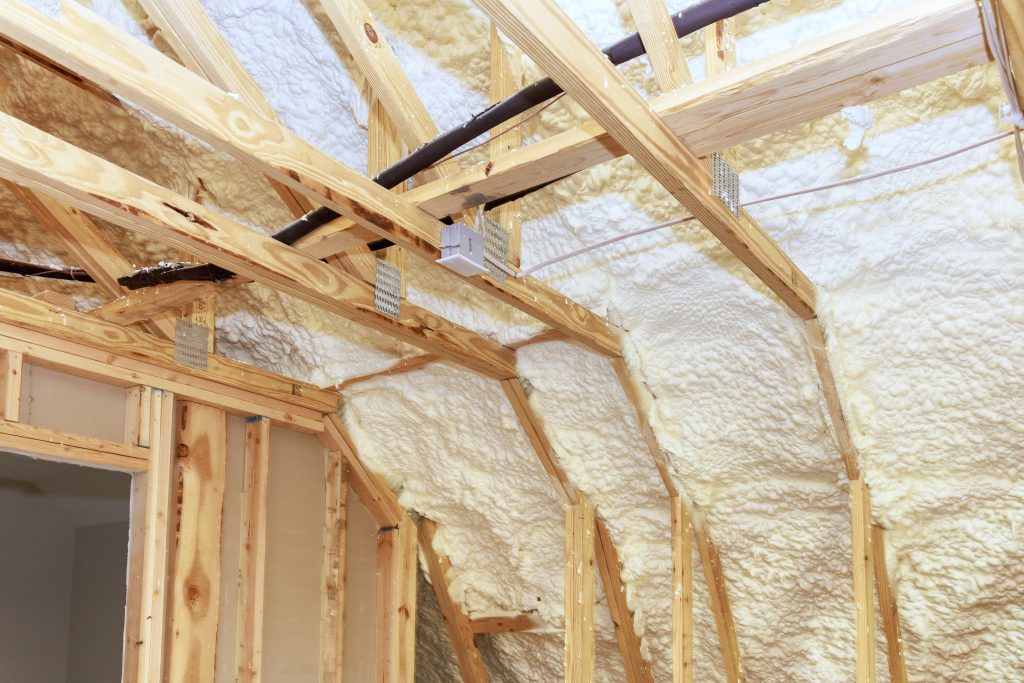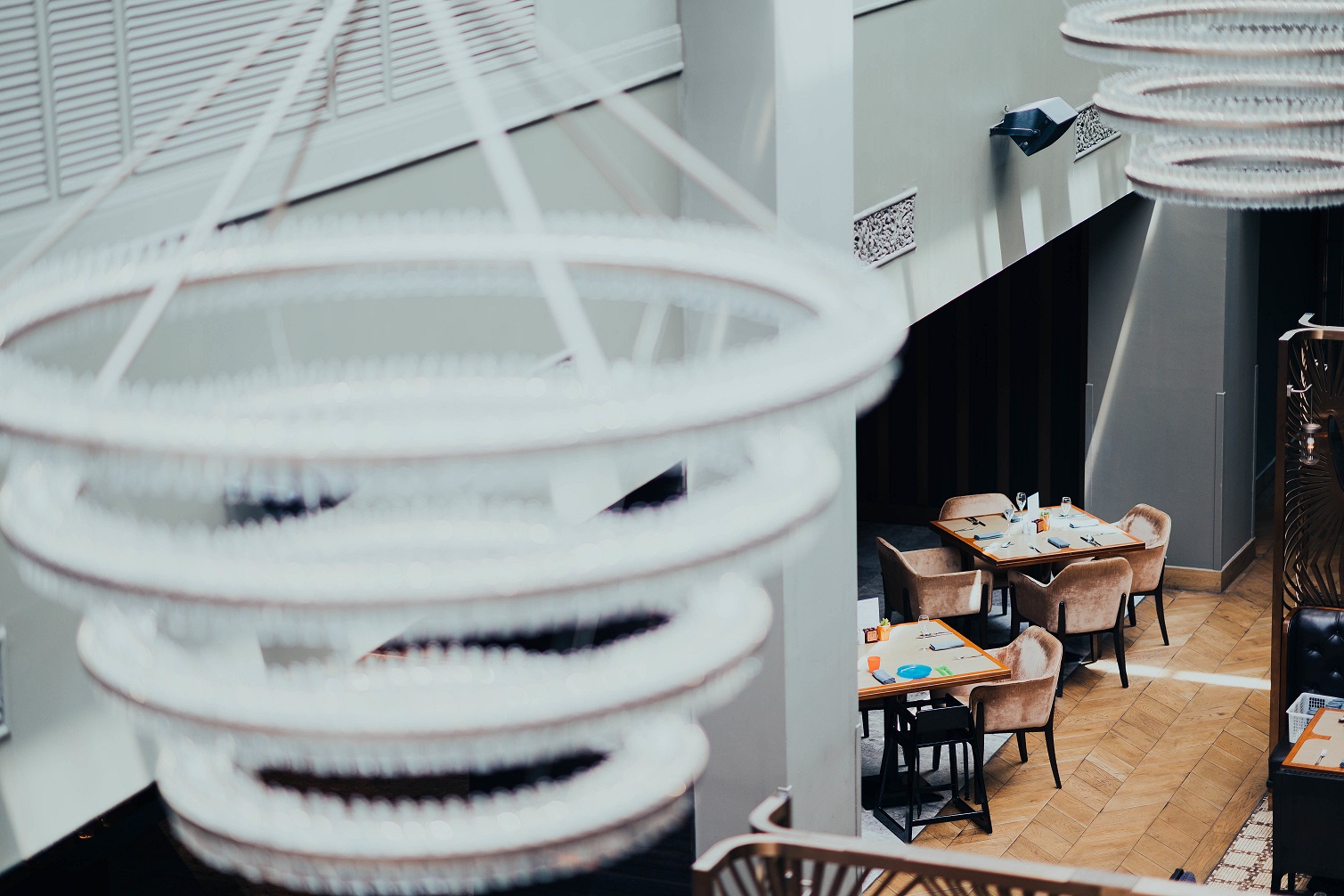Maintaining a lush, green lawn is a dream for many homeowners, but not everyone has the time or energy to commit to high-maintenance turf. That’s where TifBlair® Centipede Sod comes in—a low-maintenance, slow-growing grass variety that’s become a favorite across the Southeastern United States. Whether you’re a busy homeowner, property manager, or landscaping professional, TifBlair® offers a dependable and sustainable solution for your lawn care needs.
What Is TifBlair® Centipede Sod?
TifBlair® Centipede is a specially developed variety of Centipede grass (Eremochloa ophiuroides) known for its superior adaptability, resilience, and easy maintenance. It was developed by the University of Georgia’s Tifton Campus and is widely recognized for its drought tolerance, slow growth rate, and excellent weed resistance.
Compared to traditional Centipede grass, TifBlair® establishes faster, offers better cold tolerance, and stays greener longer during seasonal changes. These traits make it an excellent choice for both residential and commercial landscapes.
Key Benefits of TifBlair® Centipede Sod
1. Low Maintenance Requirements
One of the biggest selling points of TifBlair® Centipede Sod is its minimal upkeep. It grows slowly, which means less mowing throughout the year—perfect for homeowners who prefer a beautiful yard without spending their weekends behind a mower.
Additionally, this grass requires fewer inputs like fertilizer and water compared to other warm-season grasses. A single annual fertilization is often sufficient to keep it thriving.
2. Drought Tolerance
With growing concerns around water conservation and rising utility costs, drought tolerance is an essential feature for any turfgrass. TifBlair® Centipede has deep roots that allow it to survive long periods without irrigation, especially once it’s established. Its ability to thrive in dry conditions makes it a sustainable option for areas with water restrictions or low rainfall.
3. Adaptability to Poor Soils
TifBlair® Centipede is well-known for thriving in acidic, sandy, and nutrient-poor soils, where other grasses may struggle. This makes it ideal for a wide range of property types, including rural homes, recreational areas, and older properties where soil improvement may not be practical.
4. Cold Hardiness
While many warm-season grasses suffer during cold weather, TifBlair® was specifically bred for improved cold tolerance. It’s more resilient to winter conditions than traditional Centipede grass, making it suitable for the transition zone and cooler areas in the South.
5. Pest and Weed Resistance
TifBlair® develops into a dense turf that naturally chokes out weeds and is relatively resistant to most pests. While no grass is entirely immune, this sod variety typically requires fewer chemical treatments, making it a safer and more eco-friendly choice.
Best Applications for TifBlair® Centipede Sod
Thanks to its hardiness and easy care, TifBlair® Centipede Sod is a great fit for various types of properties:
-
Residential lawns
-
Parks and recreational areas
-
Highway medians
-
Schoolyards and campuses
-
Commercial and retail landscapes
Whether you’re working on a new construction site or replacing an old lawn, TifBlair® adapts well and creates a thick, vibrant carpet of green that enhances curb appeal.
Installation Tips
Installing TifBlair® Centipede Sod correctly is key to long-term success. Here are a few basic steps:
1. Soil Preparation
Begin by clearing away any existing vegetation and tilling the soil to a depth of at least 4–6 inches. Centipede grass thrives in acidic soils (pH 5.0 to 6.0), so test your soil and adjust as needed.
2. Laying the Sod
Install the sod in a staggered, brick-like pattern. Press the edges together tightly to avoid gaps where weeds might grow. Use a roller to ensure good soil-to-sod contact, which promotes quick rooting.
3. Watering
Water thoroughly immediately after installation, then keep the sod moist (but not soggy) for the first two weeks. Once established, reduce watering to promote deep root growth.
4. Mowing and Maintenance
Wait to mow until the sod is well rooted—usually about 3 weeks after installation. Then, mow as needed, keeping the grass height between 1.5 and 2 inches.
Year-Round Care
TifBlair® Centipede doesn’t demand much, but a few key seasonal practices will keep your lawn healthy and beautiful:
-
Spring: Apply a light fertilizer and remove any dead grass or debris from winter.
-
Summer: Water only during extended dry spells. Avoid over-fertilizing, which can harm the grass.
-
Fall: Reduce mowing frequency and keep leaves cleared to avoid mold or fungal issues.
-
Winter: TifBlair® will go dormant and turn brown, but it will bounce back quickly with warmer temps.
Environmentally Friendly Choice
More than ever, consumers are looking for sustainable landscaping options. TifBlair® Centipede Sod checks all the boxes:
-
Reduced fertilizer and pesticide use
-
Low water requirements
-
Minimal mowing for lower carbon emissions
It’s an ideal choice for environmentally conscious homeowners and landscapers alike.
Conclusion: The Smart Lawn Solution
In a world where time, water, and resources are at a premium, TifBlair® Centipede Sod offers the perfect blend of beauty, performance, and practicality. Its low-maintenance nature, drought tolerance, and adaptability make it a standout choice for anyone seeking a hassle-free lawn solution.
Whether you’re installing sod for the first time or replacing an existing lawn with something more manageable, TifBlair® Centipede Sod could be the ideal fit. Invest in a turf that works with you—not against you—and enjoy a vibrant, healthy lawn with minimal effort all year round.






